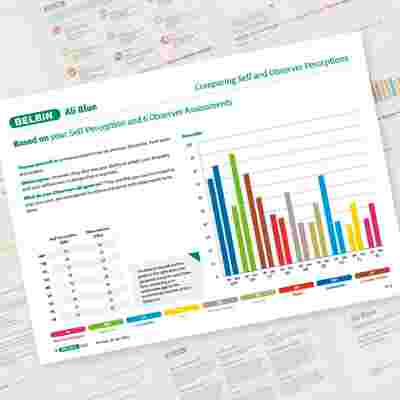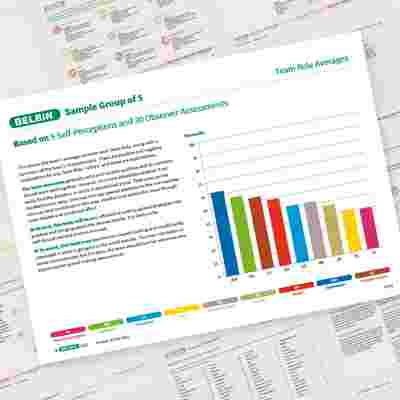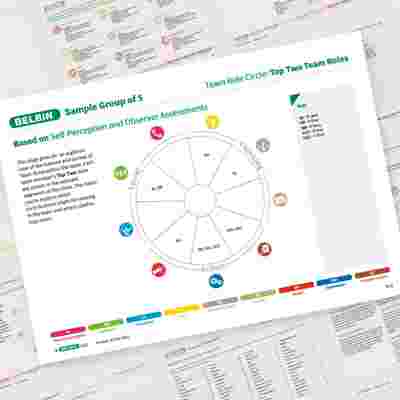When we recruit, do we assemble a group of people and then look for some work for them to do?
No. We recruit people to do a specific job. We bring teams together for a certain purpose or project.
We start with the work, the purpose, the objective.
So why, when we are trying to make those people and teams more effective, do we flip all that and examine the person and not those crucial needs?
Often it’s because, in reality, teams are more static than we would like. In many organisations, there isn’t the flexibility to assemble and dismantle teams as and when needed.
Instead, we end up with people who are loosely grouped together, but who perhaps don’t share a common objective and aren’t sure how to work together effectively.






